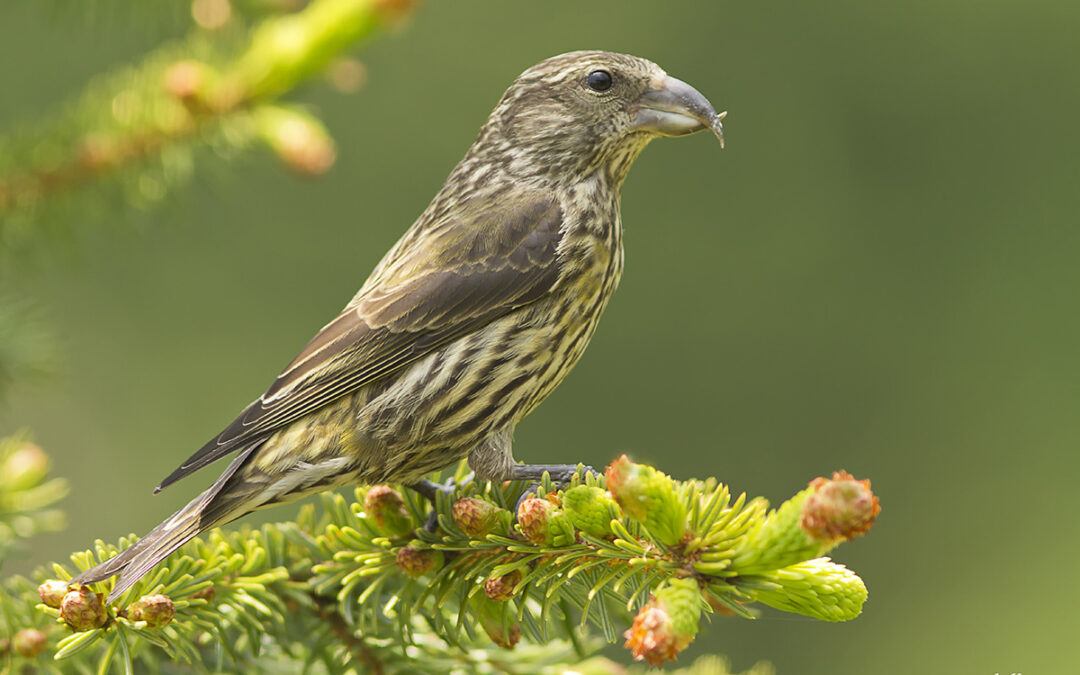Don’t cross out racial discrimination in finches
Links to the images that inspired this bio-insight:
http://img2.juzaphoto.com/001/shared_files/uploads/160067.jpg
http://yves.thonnerieux.oiseaux.net/images/bec-croise.des.sapins.yvth.1g.jpg

Loxia curvirostra photo by Elaine R. Wilson via Wikimedia Commons

Loxia curvirostra photo by Elaine R. Wilson via Wikimedia Commons

Loxia curvirostra photo by Dave Menke via Wikimedia Commons
The common crossbill, a specialist seed-eater of conifers, is one of the best examples of raciality in a non-human animal. This species has about ten races in North America alone, each of which forages on a different genus or species of conifer and has its own distinct vocalisations accompanied by slightly different beak sizes. What makes these categories races rather than species or subspecies is that they overlap in their ranges and are genetically completely compatible for interbreeding, yet remain distinct via cultural programming.
Robin and the Honey Badger, 22 March 2016

